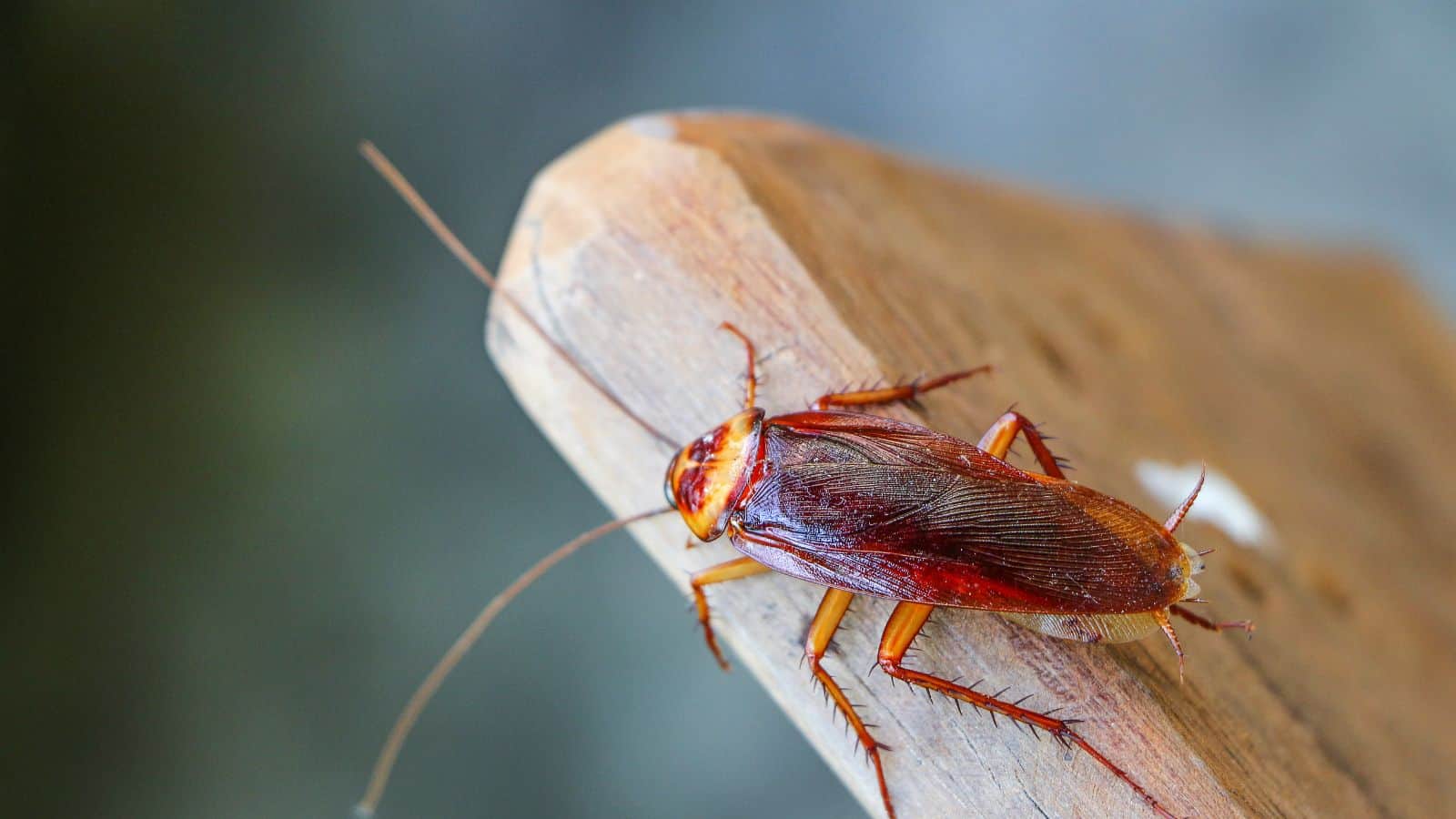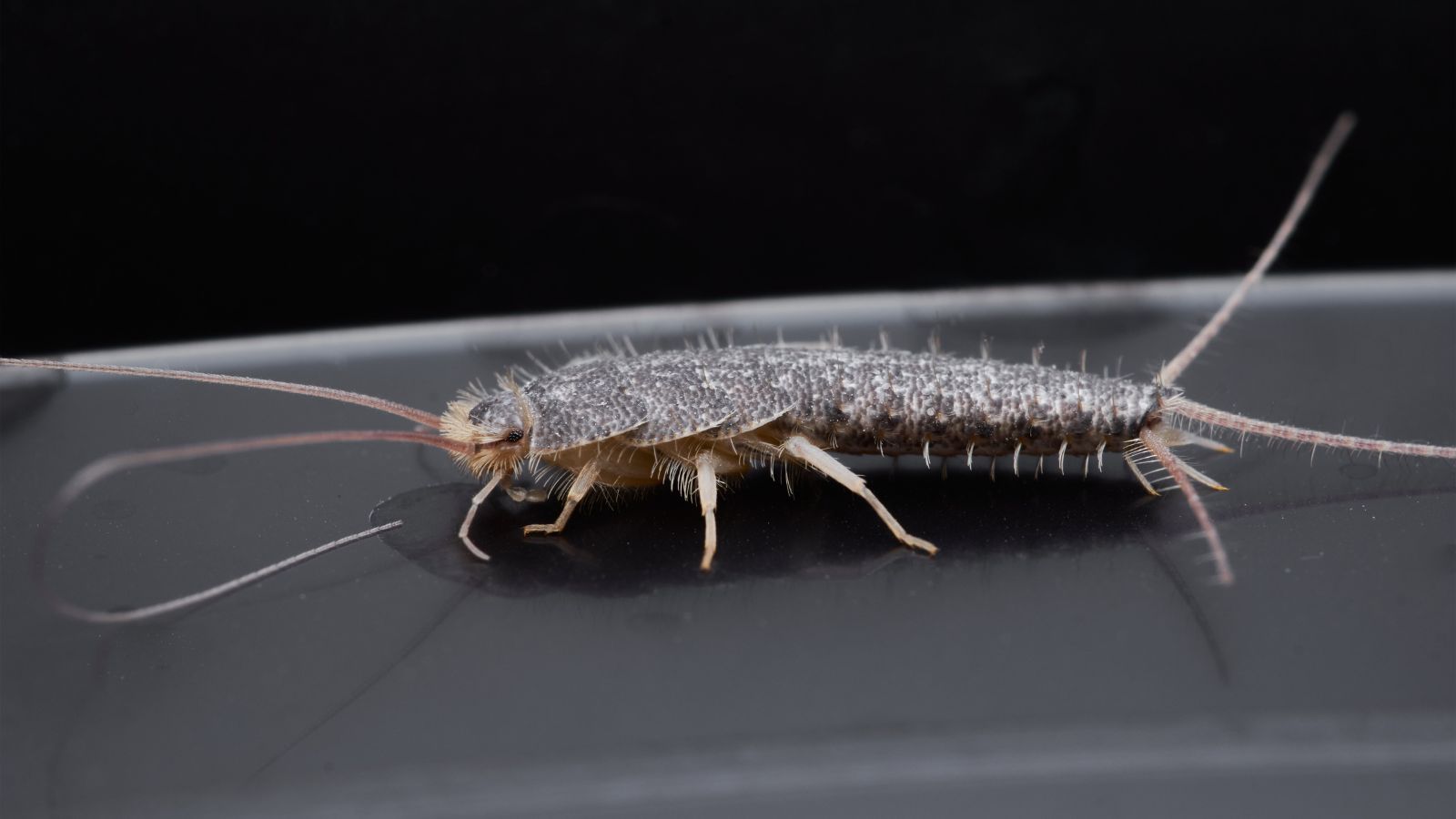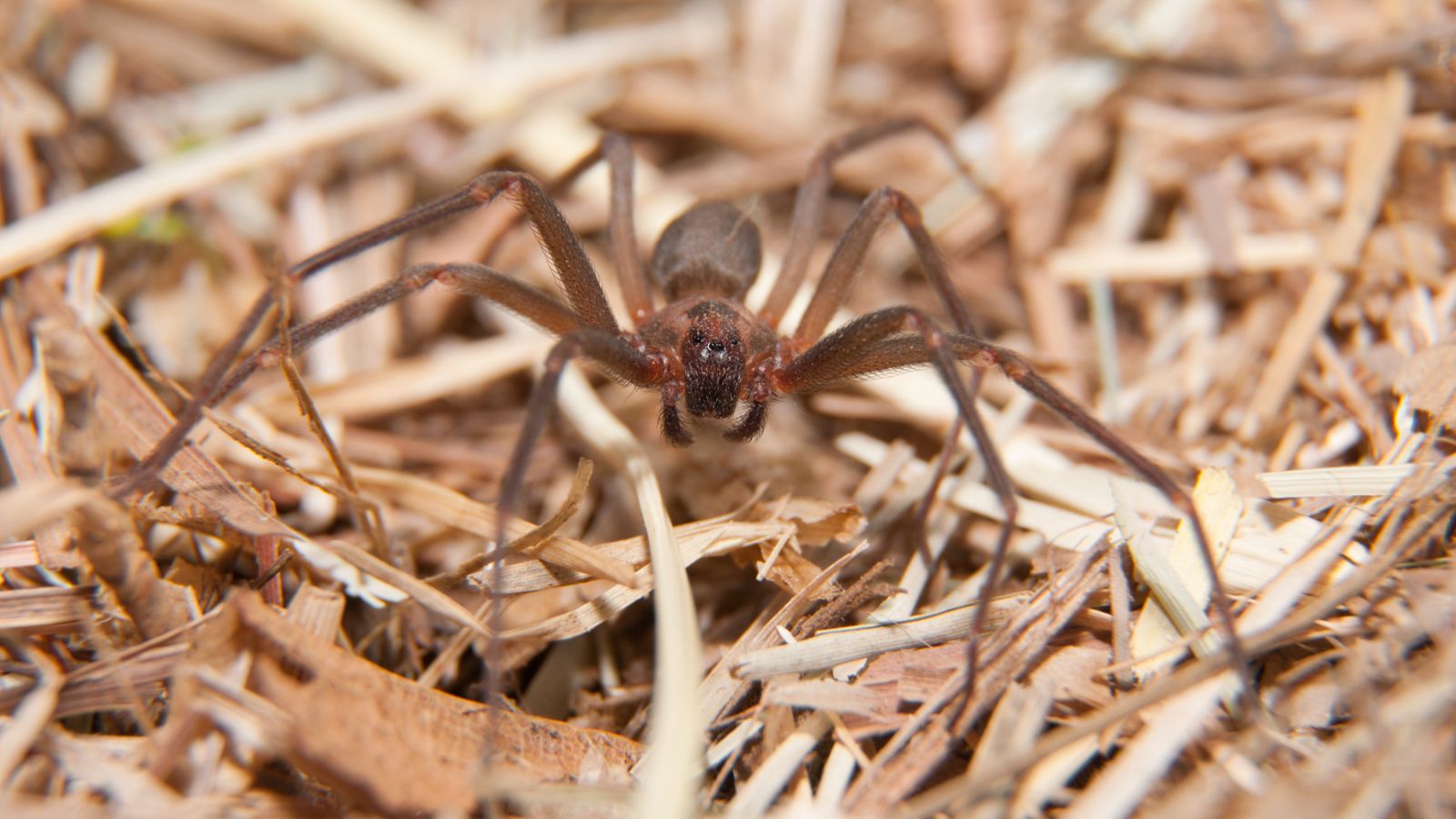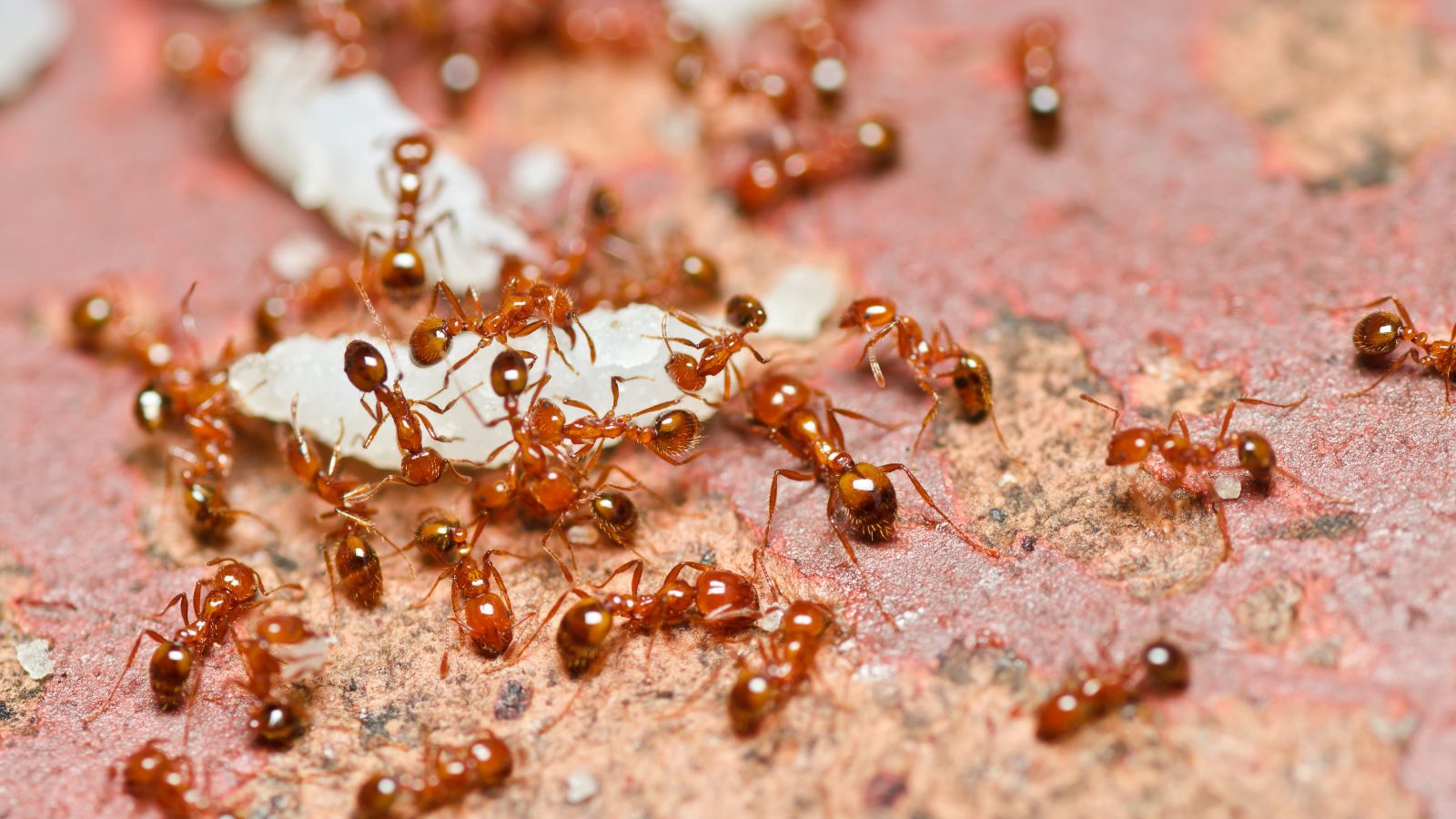Bugs can turn a peaceful home into a nightmare since these tiny invaders often go unnoticed until they establish a foothold. Some cause property damage, while others can be major health risks. Here are 19 unwelcome insects that might be lurking in your living space.
Bed Bugs

These nocturnal parasites feed on human blood, causing itchy bites and sleepless nights. As BBC points out, bed bugs hide in mattresses, furniture, and even electrical outlets, and they are really difficult to get rid of. Professional pest control is often necessary to completely remove an infestation.
Cockroaches

Resilient and adaptable, cockroaches thrive in human habitats. They contaminate food, spread bacteria, and trigger allergies. German cockroaches are particularly problematic in kitchens and bathrooms. These bugs multiply quickly, so spotting them early and acting fast is key to stopping them from spreading everywhere.
Termites

Termites are quiet destroyers, and they can badly damage homes before people even notice them. These insects eat wood, paper, and similar materials. Some termites build mud paths to reach food, while others live right in wooden parts of houses. It’s important to check for termites often to catch them early.
Carpenter Ants

Unlike termites, carpenter ants don’t eat wood but excavate it to build nests. They prefer damp or decaying wood, often indicating moisture problems in homes. These large ants can cause significant damage over time. Spotting sawdust-like wood shavings or hearing faint rustling in walls may signal a carpenter ant infestation.
Fleas

These tiny jumping insects are a nuisance for both pets and humans. Fleas can quickly infest carpets, bedding, and furniture. Their bites cause intense itching and can transmit diseases. Controlling flea infestations requires treating both the environment and affected animals, often needing multiple approaches for complete eradication.
Silverfish

Silverfish are primitive, wingless insects that thrive in damp environments. Silverfish feed on starchy materials like book bindings, wallpaper paste, and fabric. They can damage clothing, papers, and food packages. While not harmful to humans, their presence often indicates moisture issues that need addressing to prevent further pest problems.
Clothes Moths

Beige moths may seem harmless, but their larvae can wreak havoc on natural fibers. Clothes moth caterpillars feed on wool, silk, and other animal-based materials. They leave holes in clothing and can destroy valuable textiles. Regular cleaning and proper clothes storage help prevent infestations.
Carpet Beetles

Like clothes moths, carpet beetle larvae damage natural fibers. They feed on carpets, upholstery, and stored clothing. Adult beetles often enter homes through open windows or doors. Their presence can go unnoticed until significant damage occurs. Regular vacuuming and proper storage of susceptible items help deter these pests.
House Centipedes

While beneficial in controlling other insects, house centipedes can be difficult to see. They’re fast-moving, and these multi-legged creatures hunt cockroaches and silverfish. Despite their alarming appearance, they rarely bite humans. Reducing moisture and sealing entry points can help manage house centipede populations without losing their pest-control benefits.
Brown Recluse Spiders

These venomous spiders prefer dark, undisturbed areas in homes and are identified by their violin-shaped marking. They hide in closets, attics, and storage boxes. Keeping clutter to a minimum and using glue traps can help monitor and control these dangerous arachnids.
Black Widow Spiders

Recognizable by their glossy black bodies and red hourglass marking, black widows bring significant health risks. Their venom is potent, causing severe pain and potentially serious symptoms. These spiders prefer quiet, dark spaces like garages and woodpiles. Regular cleaning and decluttering can reduce hiding spots for these dangerous pests.
Earwigs

Despite myths about crawling into ears, earwigs are harmless to humans. However, they can damage plants and become a nuisance indoors. Earwigs thrive in damp environments and often enter homes seeking moisture. Reducing humidity and sealing entry points can help prevent earwig invasions.
Stink Bugs

These shield-shaped insects release an unpleasant smell when disturbed. Stink bugs don’t cause damage indoors but can be a significant nuisance. They often invade homes in large numbers during colder months. Sealing cracks and crevices around windows and doors helps prevent stink bug entry.
Fruit Flies

Tiny but persistent, fruit flies can quickly multiply in kitchens. They’re attracted to ripe or fermenting fruits and vegetables and can contaminate food and spread bacteria. Proper food storage and prompt disposal of overripe produce help prevent these pests from establishing themselves in your home.
Boxelder Bugs

Boxelder bugs are black and red insects that often cluster on sunny exterior walls. Boxelder bugs look for warmth indoors during colder months, and while harmless, they can stain surfaces with their droppings. Removing nearby host trees and sealing entry points can reduce boxelder bug invasions.
Ants

Various ant species invade homes seeking food and water, and pavement ants and odorous house ants are common indoor pests. They contaminate food and can be difficult to eradicate once established. Keeping kitchens clean and storing food in airtight containers helps deter ant invasions.
Mosquitoes

More than just a nuisance, mosquitoes can transmit diseases. They breed in standing water around homes and as most of us know, their bites cause excessive itching and discomfort. Eliminating water sources and using screens on windows and doors can help you reduce mosquito populations and stop them from entering your home.
Wasps

Paper wasps and yellow jackets often build nests in or around homes, and what’s worse is that their stings are painful and can be dangerous for allergic individuals. Wasps become more aggressive late in summer, so regular inspection of eaves and overhangs can help identify and remove wasp nests before they become problematic.
Pantry Moths

Indian meal moths infest dry goods in kitchens and pantries. These moths can spread quickly, infesting multiple food items. Their larvae is known to contaminate food with silk webbing and feces. Storing grains, cereals, and dried fruits in airtight containers helps prevent pantry moth infestations and protects your food supply.
Up Next: 19 Things You Didn’t Realize Are Against The Law

Most laws are common sense, like those involving theft, property damage, or violence, but there are many lesser-known regulations that most people aren’t even aware of. This article reveals 19 illegal acts that may inadvertently turn you into a common criminal. Remember, ignorance of the law is no excuse for breaking it!
19 Things You Didn’t Realize Are Against The Law
18 Most Common Reasons Why Women Leave Their Husbands

All women have different preferences when it comes to their relationships and marriages. However, there are many universal behaviors, traits, and habits that commonly drive them to divorce. This list unveils the 18 most common reasons why women leave their husbands.
18 Most Common Reasons Why Women Leave Their Husbands
17 Behaviors That Make People Think Less of You

If you want to be accepted by those around you, you have to behave in certain ways. Obviously, you should still be yourself, but there are certain social ‘rules’ people should abide by, like avoiding these 17 behaviors that make people think less of you.
